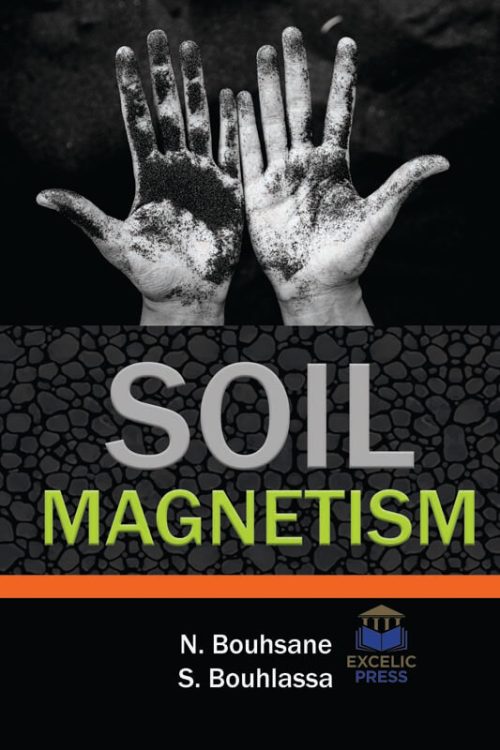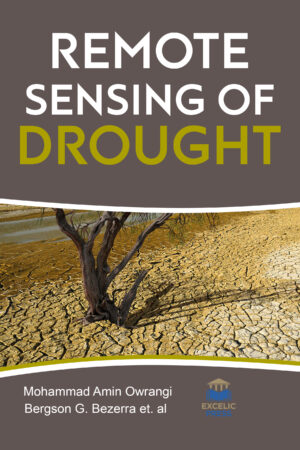Description
Magnetic susceptibility (MS) is a measure that indicates to which degree material is magnetizable and is directly related to the chemical compounds in the material. Magnetic susceptibility measurements are made while studying archeology, paleomagnetism and identification and description of differences in pedogenetic environments among different places. Magnetic properties of soils and sediments are a physical property that provides key information about past environmental changes. A few simple measurements of magnetic properties tell us a lot about concentration, mineralogy and magnetic grain size of magnetic minerals present, in a fast and non-destructive way. Over the last 30 years, several fields have been affected by the study of the magnetic properties of soils and rocks.
This book presents the state of the art concept of assessing magnetic susceptibility profiles of soils under different occupations. The magnetic properties of soil tell us about the composition and size of the magnetic mineral composition it has. There three primary sources of magnetic material in the soil are; lithogenic derived from parent material, pedogenic, from physical, chemical and biological processes that might take place in the soil, or anthropogenic material like spherical industrial particulate. Rock magnetism can be carried out for environmental studies because magnetic minerals are found in all types of environments including rocks, sedimentary soils, dust, organic tissues, and man-made materials. In the last few years, studies on rock magnetism have increased. Hence, the book includes a study of the magnetic properties of rocks and soil, including the concentration of magnetic minerals, to determine the magnetic characteristics of rocks and soil. Further, it explains the various sources of magnetic material and why they are associated with certain sediment fractions. It discusses how to bulk management measurements are used to learn about the contribution of different components to the bulk magnetic record and how a size-specific magnetic measurement of particles can help us understand them better. This book goes on to elaborate on the advantages and disadvantages of this methodology, their role alongside bulk magnetic measurements, and potential future directions of research. This book, additionally, presents an indication of the potential magnetic heterogeneity in environmental samples and how they might affect different sedimentary grain size ranges, not to evaluate the entire breadth of magnetic minerals in the environment. The chapters contributed in this book are written by renowned experts in the field; this book will enrich earth science, geology, meteorology, atmospheric science, and geomagnetism.





